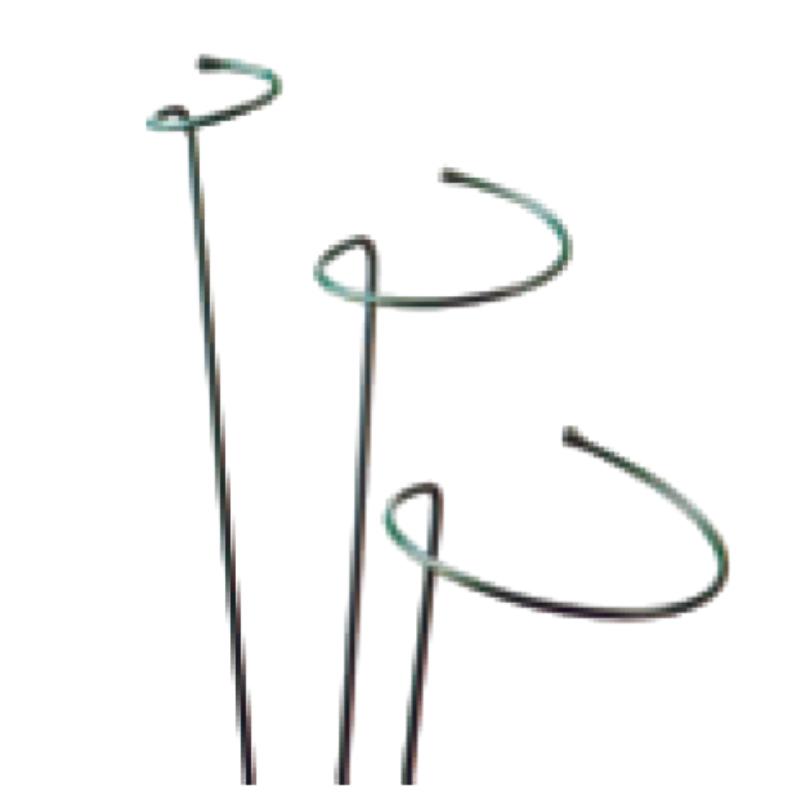-
Imel:zhao@hyliec.cn
-
Tel:+86 311 85273988
-
WhatsApp:8613931128750
-
 Afirka
Afirka -
 Albaniya
Albaniya -
 Amharic
Amharic -
 Larabci
Larabci -
 Armenian
Armenian -
 Azerbaijan
Azerbaijan -
 Basque
Basque -
 Belarushiyanci
Belarushiyanci -
 Bengali
Bengali -
 Bosniya
Bosniya -
 Bulgarian
Bulgarian -
 Catalan
Catalan -
 Cebuano
Cebuano -
 Corsican
Corsican -
 Croatian
Croatian -
 Czech
Czech -
 Danish
Danish -
 Yaren mutanen Holland
Yaren mutanen Holland -
 Turanci
Turanci -
 Esperanto
Esperanto -
 Estoniya
Estoniya -
 Finnish
Finnish -
 Faransanci
Faransanci -
 Farisa
Farisa -
 Galiciyan
Galiciyan -
 Jojin
Jojin -
 Jamusanci
Jamusanci -
 Girkanci
Girkanci -
 Gujarati
Gujarati -
 Haitian Creole
Haitian Creole -
 hausa
hausa -
 hawayi
hawayi -
 Ibrananci
Ibrananci -
 A'a
A'a -
 Miya
Miya -
 Harshen Hungary
Harshen Hungary -
 Icelandic
Icelandic -
 igbo
igbo -
 Indonesiya
Indonesiya -
 Irish
Irish -
 Italiyanci
Italiyanci -
 Jafananci
Jafananci -
 Yawanci
Yawanci -
 Kannada
Kannada -
 kazakh
kazakh -
 Khmer
Khmer -
 Ruwanda
Ruwanda -
 Yaren Koriya
Yaren Koriya -
 Kurdish
Kurdish -
 Kyrgyzstan
Kyrgyzstan -
 TB
TB -
 Latin
Latin -
 Latvia
Latvia -
 Lithuaniyanci
Lithuaniyanci -
 Luxembourgish
Luxembourgish -
 Makidoniya
Makidoniya -
 Malgashi
Malgashi -
 Malay
Malay -
 Malayalam
Malayalam -
 Maltase
Maltase -
 Maori
Maori -
 Marathi
Marathi -
 Mongolian
Mongolian -
 Myanmar
Myanmar -
 Nepali
Nepali -
 Yaren mutanen Norway
Yaren mutanen Norway -
 Yaren mutanen Norway
Yaren mutanen Norway -
 Occitan
Occitan -
 Pashto
Pashto -
 Farisa
Farisa -
 Yaren mutanen Poland
Yaren mutanen Poland -
 Fotigal
Fotigal -
 Punjabi
Punjabi -
 Romanian
Romanian -
 Rashanci
Rashanci -
 Samoan
Samoan -
 Scottish Gaelic
Scottish Gaelic -
 Serbian
Serbian -
 Turanci
Turanci -
 Shona
Shona -
 Sindhi
Sindhi -
 Sinhala
Sinhala -
 Slovak
Slovak -
 Sloveniya
Sloveniya -
 Somaliya
Somaliya -
 Mutanen Espanya
Mutanen Espanya -
 Sundanci
Sundanci -
 Harshen Swahili
Harshen Swahili -
 Yaren mutanen Sweden
Yaren mutanen Sweden -
 Tagalog
Tagalog -
 Tajik
Tajik -
 Tamil
Tamil -
 Tatar
Tatar -
 Telugu
Telugu -
 Thai
Thai -
 Baturke
Baturke -
 Turkmen
Turkmen -
 Ukrainian
Ukrainian -
 Urdu
Urdu -
 Uighur
Uighur -
 Uzbek
Uzbek -
 Vietnamese
Vietnamese -
 Welsh
Welsh -
 Taimako
Taimako -
 Yadish
Yadish -
 Yarbawa
Yarbawa -
 Zulu
Zulu
Metal Plant Supports
What Is The Support Structure Of A Plant?
The support structure of a plant refers to the system of tissues and organs that provide stability and enable the plant to maintain an upright position. This support structure includes several key components:
1. Cell walls: The rigid cell walls of plant cells provide structural support, especially in non-woody plants. The cell walls help maintain the shape and rigidity of the plant's cells, contributing to its overall structure.
2. Stems: Stems play a crucial role in supporting the plant and providing a framework for the attachment of leaves, flowers, and reproductive structures. The stems also facilitate the transport of water, nutrients, and sugars throughout the plant.
3. Roots: The root system anchors the plant in the soil, providing stability and support. Additionally, roots absorb water and nutrients from the soil, contributing to the overall health and growth of the plant.
4. Vascular tissues: Xylem and phloem are specialized tissues that form the plant's vascular system. Xylem transports water and minerals from the roots to the rest of the plant, while phloem transports sugars and other organic compounds to various parts of the plant.
5. Specialized structures: Some plants have specialized support structures, such as tendrils, thorns, or aerial roots, which aid in climbing, attachment, or additional support.
The combination of these structural elements allows plants to maintain their shape, withstand environmental forces, and support essential physiological processes.
Iron Plant Supports Faq
What are the benefits of using iron plant supports?
Iron plant supports offer durability and strength, making them suitable for providing robust support for heavy or sprawling plants. They can withstand the weight of mature plants and help maintain their shape and structure.
What types of plants are best supported by iron plant supports?
Iron plant supports are well-suited for providing support to a wide range of plants, including peonies, roses, delphiniums, and other tall or heavy-flowering perennials. They can also be used for supporting climbing plants such as clematis or sweet peas.
How should iron plant supports be installed?
Iron plant supports should be installed firmly in the ground to ensure stability. When supporting individual plants, place the support structure around the plant early in the growing season, allowing the plant to grow into and around the support naturally.
Are there different styles and designs of iron plant supports available?
Yes, iron plant supports come in various styles and designs, including hoop supports, grid supports, and individual stakes. These different designs cater to the specific needs of different types of plants and can provide effective support while enhancing the visual appeal of the garden.
How can iron plant supports be maintained?
To maintain iron plant supports, periodically inspect them for signs of rust or corrosion, especially if they are exposed to the elements. If rust is present, it can be removed using a wire brush, and the supports can be treated with a rust-resistant coating or paint to prolong their lifespan.






